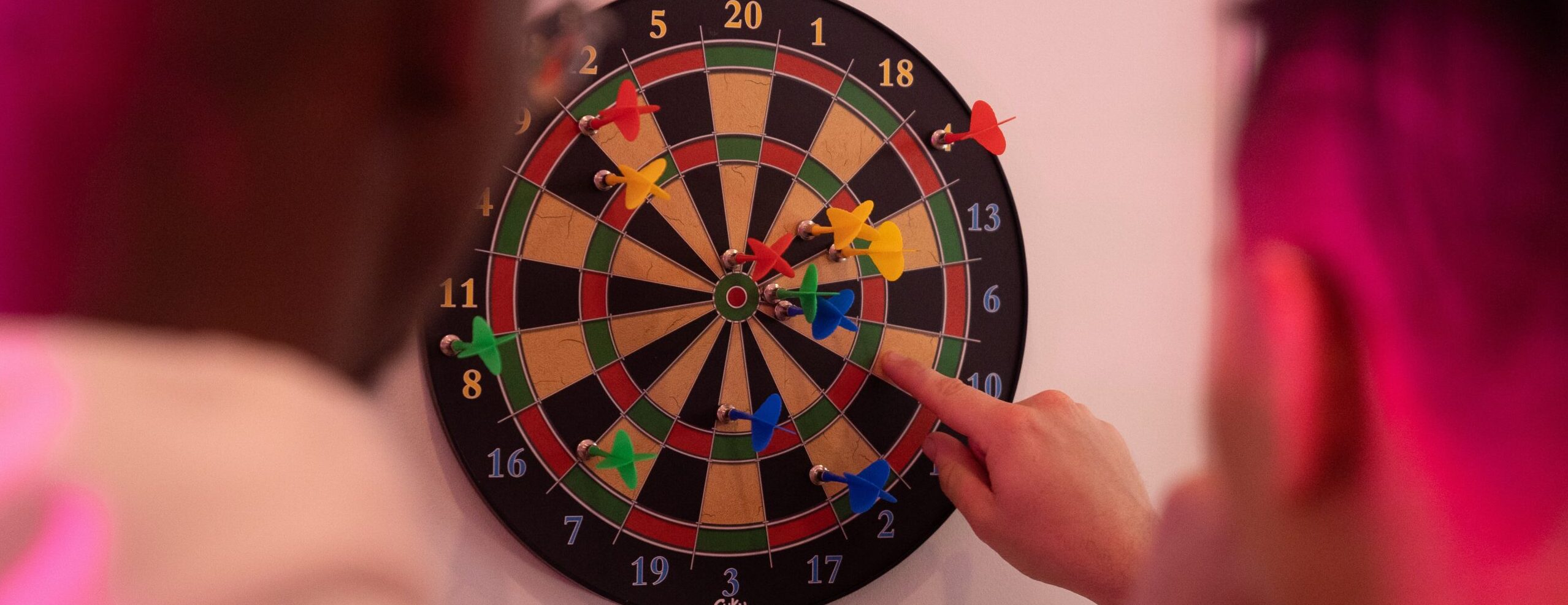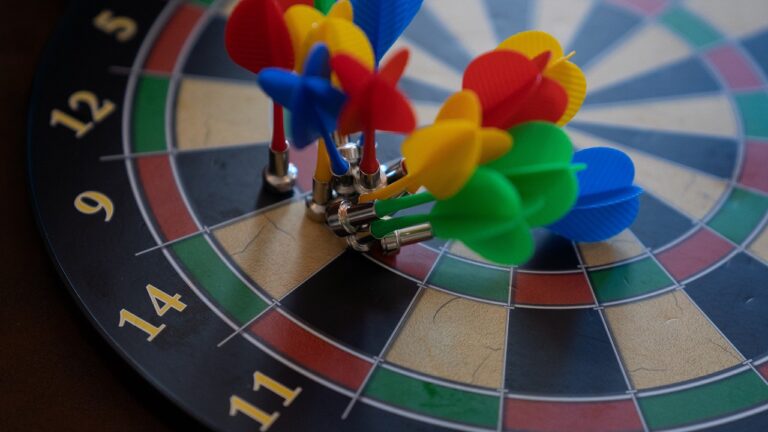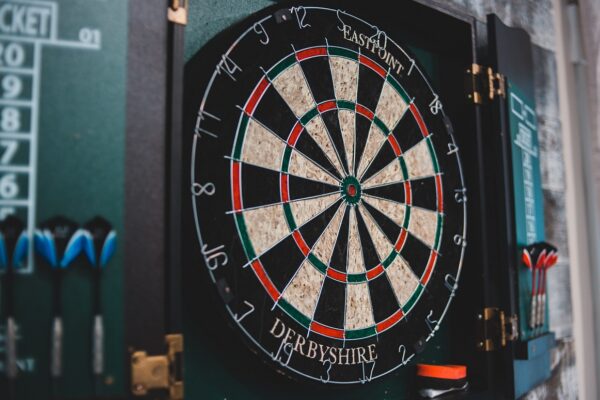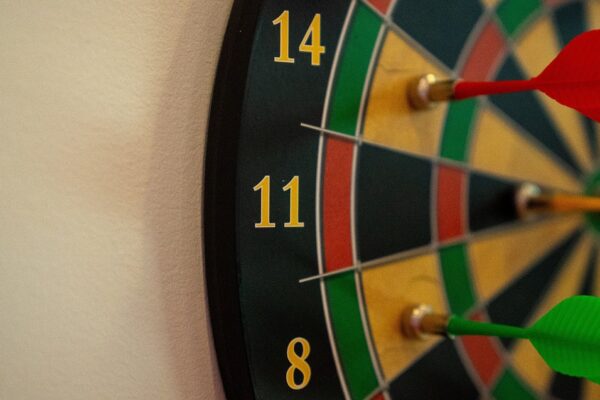Darts, a popular pub game enjoyed by many around the world today, has a rich history that dates back centuries. While its exact origins are unclear, darts gained significant popularity during the Middle Ages. In this article, we will delve into the fascinating journey of darts and explore how it emerged as a beloved pastime during this era. From its humble beginnings as a game of skill and accuracy to its transformation into a social activity, we will uncover the factors that contributed to the rise of darts in the Middle Ages.
Origins of Darts
The precise origins of darts remain shrouded in mystery, but the game likely evolved from ancient military practices. Some theories suggest that darts originated as a training exercise for archers, serving as a way to sharpen their aiming skills. Over time, these early forms of dart games developed into recreational activities, played both indoors and outdoors. By the time of the Middle Ages, darts had become a popular game among people from different social classes.
Evolution of the Game
During the Middle Ages, darts underwent significant changes in terms of its design and rules. The earliest versions of darts involved throwing sharpened arrows or miniature spears at a target. However, due to safety concerns and the desire for a standardized game, these projectiles were gradually replaced with wooden or metal darts with blunt tips. The target also evolved from simple marks on walls to circular boards with numbered segments, ultimately resembling the modern dartboard.
Rise in Popularity
Darts gained considerable popularity in the Middle Ages for several reasons. Firstly, the game was accessible and required minimal equipment, making it easy for people of all social backgrounds to participate. Secondly, darts provided entertainment and a sense of competition, appealing to the competitive nature of individuals. It became a common pastime in taverns, where people would gather to socialize, drink, and engage in friendly dart games. The inclusive nature of darts allowed for interactions among people from different walks of life, breaking down barriers and fostering camaraderie.
Influence of Tavern Culture
Taverns played a vital role in the spread of darts during the Middle Ages. These establishments served as social hubs where people could relax, socialize, and engage in various recreational activities, including darts. Tavern owners recognized the appeal of darts and often provided boards for patrons to play. As the popularity of darts grew, taverns began organizing dart tournaments and competitions, attracting more enthusiasts to the game.
Skill and Accuracy
Darts in the Middle Ages required a combination of skill, accuracy, and strategy. Players had to develop a keen eye for aiming, taking into account the weight and balance of the dart, the distance to the target, and wind conditions if playing outdoors. A successful throw demanded a steady hand, precision, and the ability to gauge distance accurately. As players honed their skills, darts became increasingly competitive, driving individuals to practice and improve their technique.
Cultural Significance
Beyond its recreational aspects, darts held cultural significance during the Middle Ages. It symbolized a test of skill and served as a means of displaying one’s prowess. Dart games were sometimes used to settle disputes or make decisions, with the winner being deemed the more capable or fortunate individual. The game also fostered a sense of community and camaraderie, bringing people together in shared enjoyment and friendly competition.
Darts’ popularity during the Middle Ages can be attributed to its simplicity, accessibility, and entertainment value. From its origins as a training exercise for archers to its transformation into a beloved social activity, darts captured the attention of people from all walks of life. The evolution of the game, the influence of tavern culture, and the emphasis on skill and accuracy all contributed to its rise in popularity. Darts provided a means of recreation, competition, and camaraderie, fostering connections among individuals in an era where socializing was highly valued.
Today, darts continues to thrive as a popular sport and recreational activity, transcending time and cultural boundaries. Its rich history in the Middle Ages serves as a testament to the enduring appeal of this simple yet captivating game. So, the next time you step up to the oche, take a moment to appreciate the centuries of tradition and enjoyment that have made darts the beloved pastime it is today. Throw with precision, embrace the spirit of competition, and carry on the legacy of this timeless game that found its roots in the Middle Ages.




